Technology
Treatment and Reuse of Industrial Waste Water
Kanat Sagizbaev, Head of Water Supply and Sewage Systems, Atyrau Oil Refinery LLPIndustrial waste water, generated in oil refining process, shall be purified at the mechanical treatment facilities; further, the water is supplied to the biological wastewater treatment unit, and only afterwards, it shall be drained to the evaporator pond via the canal for the standard cleaned water.
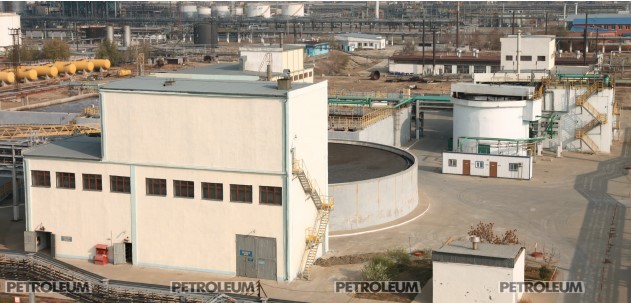
The canal for the standard cleaned water is used to remove the treated industrial, waste & soil water after the biological treatment facilities to the existing evaporator pond. The canal starts from the territory of the plant AOR LLP, passing through the South-Eastern suburbs of the town and it finishes at the evaporator pond.
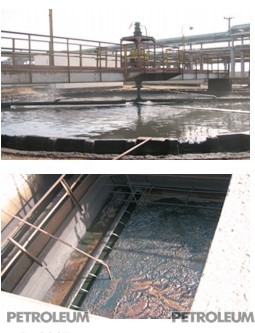
The main task of cleaning at the mechanical treatment facilities is reduction of mineral oil content in the industrial wastewater. Cleaning at the mechanical treatment facilities is ensured by settling the water in the oil removal chambers, as well as in the additional settling ponds. After settling, the wastewater shall undergo the flotation treatment. The flotation units ensure separation of the remaining oil products with use of separated water, and NALCO 71305-type flocculent shall be added to ensure better flocculation for the oil products, to be removed from the water. The removed oil products shall be supplied to the oil recovery tank, then they shall be pumped to the collecting tank for the removed oil products and the gathered oil products shall be pumped to the process facilities for refining.
In 2007, after the reconstruction ensured by JGC Corporation (Japan) with technologies from Ondeo (France), a biological treatment system was put into operation with capacity of 645 m3/h, which improved the indicators of wastewater content of phenols, organic pollutants, surfactants, remaining suspended solids and petroleum products.
The biological treatment system (BTS) receives the wastewater from the mechanical treatment facilities (MTF).
In order to clean the water, this system uses the following processes:
- flocculation and flotation;
- biological treatment;
- filtration and chlorination;
- dehydrating the sediment.
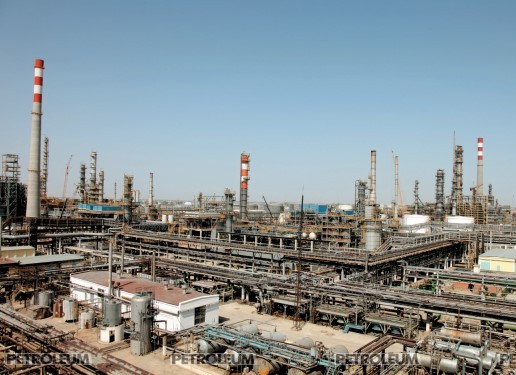
The first stage of flocculation and flotation block (FFB) ensure the coagulation process- i.e. flocculation, which improves the removal of suspended solids and colloidal matters. Iron chloride and polymer 1 are used as a coagulant. Polymer 2 is used as a flocculent, which is added to the flocculation tank.
The flotation process is carried out at the final stage of separating the suspended and liquid particles in the flotation unit. To improve the process of flotation, additional biological sediment shall be introduced.
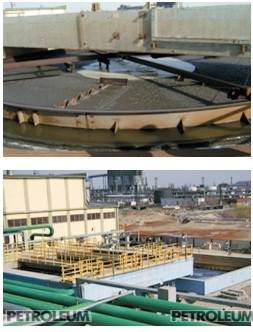
The flotation process is based on ability of some solid particles to connect with the air bubbles and to make the “particle+gas” connection. Micronized air, required for the forced air flotation is formed when extending the solution, enriched with air, dissolved under the pressure. During the flotation, the surface sediment moves into a common settling vessel, and then, it shall be pumped into the sediment dehydration unit.
The waste water flows under the gravity from flocculation and flotation block (FFB) to the biological treatment block.
With sufficient aeration, the organic carbon turned into carbon dioxide and biomass.
The following ins required for the bacteria reproduction:
- main elements: C, H, O and N;
- secondary elements: P, K, S, Mg;
- vitamins, hormones, minerals and etc.
Contents of N and P are not sufficient in the wastewater, entering the biological treatment block. Carbamide (urea) and phosphoric acid are added to maintain a minimum ratio of BOD: N: P.
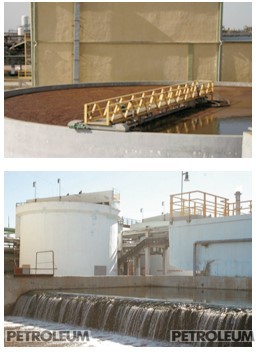
Suspended sediment in the aeration tank (Photo 3.3.2.3.), containing the purifying bacterial flora, is named as an "activated sediment".
The sediment restoration is ensured with use of “priming sediment tank”.
The average amount of suspended solids at the exit of the biological treatment block equals to 20-30 mg/l. These suspended solids consist of organic substances for 80 %. The sand filters, which are regularly treated by reverse flow of air and water, are used to remove the excess suspended particles from the cleaned water.
The water undergoes a process of chlorination with use of sodium hypochlorite doses to reduce the amount of coliform bacteria.
The resulting sediment is dried with use of centrifugal driers at the sediment dehydration block.
Centrifugation is a process of separation, when the centrifugal force is used to accelerate the particle deposition.
Dried sediment is stored in the bunkers and is transported by trucks to the landfill dump, owned by AOR LLP.
Improving the quality of wastewater at the biological treatment facilities, the plant managed to reuse a part of purified water in volume of 23% in the water circulation system and the remaining sewage is drained to the evaporator pond, thereby improving the pond condition and reducing water intake from Ural River, used for the process needs at the plant. Due to the wastewater biological treatment, the oil product content decreased in 59 times in 2013 (compared to 2002), phenol decreased in 24 times, iron residues- in 7.3 times and the floating substances- in 22 times.
It is necessary to remove excess salt concentration (2500 mg/l) in treated water to ensure a full consumption of treated wastewater, purposed for reuse after the biological treatment block.
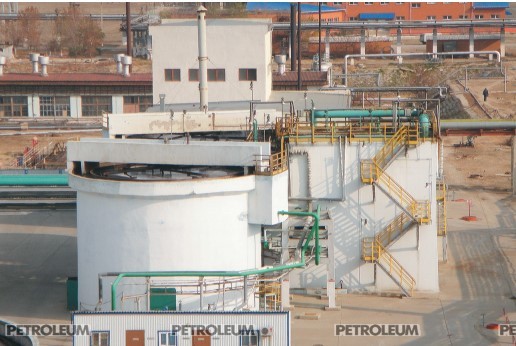
Presently, the projects are being developed to address the problem and improve the treatment of industrial water, which will increase the return on the waste water for reuse up to 80%.
It should be noted out that due to the re-use of treated water, it is possible to reduce water intake from Ural River to 600, 000 m3/year.
Published the full text of the article



